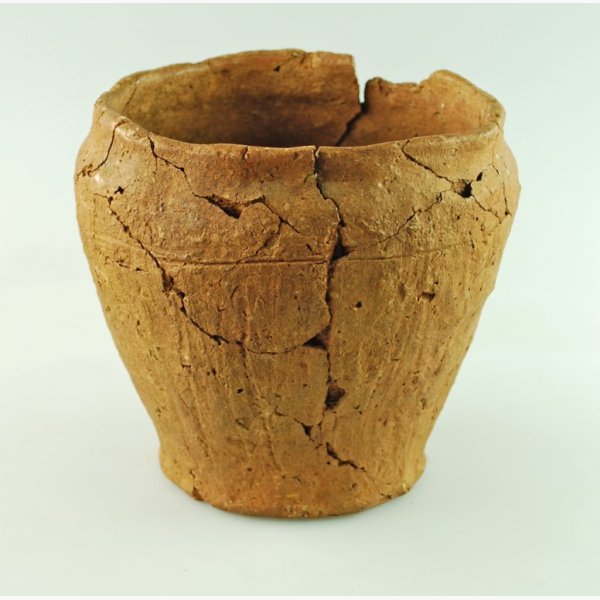
Late Iron Age Scored Ware Jar

Late Iron Age Scored Ware Pottery

Late Iron Age Scored Ware Pottery

Late Iron Age Storage Jar

These essential cookies always need to be on because the website cannot function properly without them. They can only be disabled by changing your browser preferences.
These cookies allow us to count visits and traffic sources so we can measure and improve the performance of our site. They help us to know which pages are the most and least popular and see how visitors move around the site. All information these cookies collect is aggregated and therefore anonymous. If you do not allow these cookies we will not know when you have visited our site, and will not be able to monitor its performance.
These cookies enable the website to provide enhanced functionality and personalisation. They may be set by us or by third party providers whose services we have added to our pages. If you do not allow these cookies then some or all of these services may not function properly.

100 BC - AD 43
Burrough Hill
This type of pottery is called Ancaster-Breedon or Scored Ware which describes the random incised lines decorating the surface.
This vessel was deliberately buried in a pit with quern stones which must have had some special significance to the Iron Age people who did this. The pit can be seen during excavation in this wonderful 1960 film footage (around 4 minutes).
This object is currently on loan for an exhibition at the University of Nottingham Museum and will return in summer 2025.

100 BC - AD 43
Burrough Hill
This type of pottery is called Ancaster-Breedon or Scored Ware which describes the random incised lines decorating the surface.

100 BC - AD 43
Burrough Hill
This type of pottery is called Ancaster-Breedon or Scored Ware which describes the random incised lines decorating the surface.

100 BC - AD 43
Bottesford
This pottery is known as Calcite Gritted Ware. The clay was tempered with crushed shell or grit to prevent shrinkage or cracking during firing.

100 BC - AD 43
Frisby-on-the-Wreake
Gallo-Belgic pottery was made in modern-day Northern France and Belgium and was the first mass-produced fine tableware. Native British potters started to imitate the designs and make their own versions of this pottery.

We are a Visit England Quality Assured Visitor Attraction.
© Melton Carnegie Museum 2025 | Cookies | Privacy | Disclaimer | Sitemap | Accessibility Statement
Website by Cuttlefish